Uncovering 42,000-Year-Old Secrets: Ancient Shell Jewelry Workshop Revealed in France
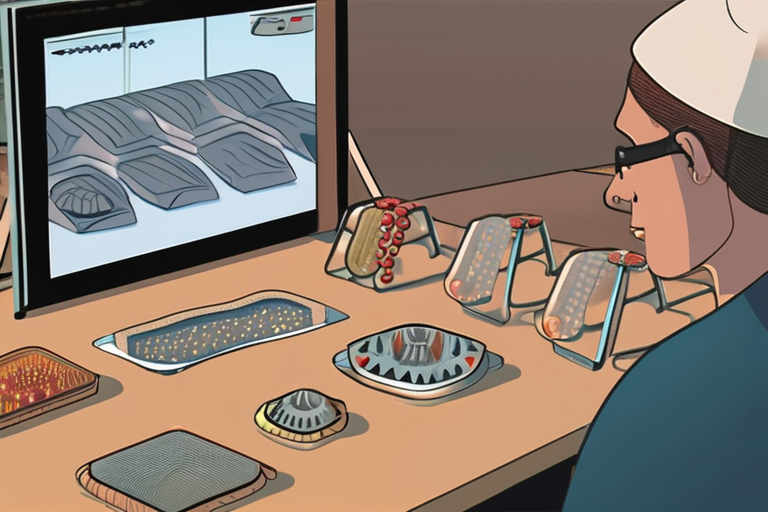

Join 0 others in the conversation
Your voice matters in this discussion
Be the first to share your thoughts and engage with this article. Your perspective matters!
Discover articles from our community
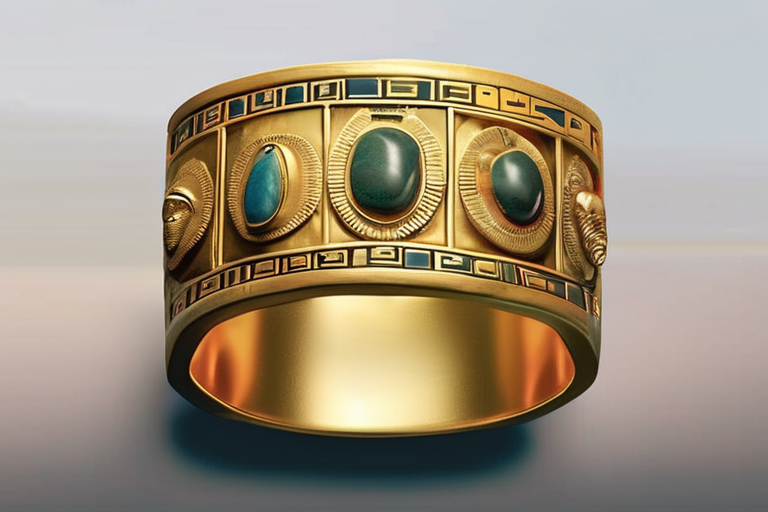
 Hoppi
Hoppi

 Hoppi
Hoppi
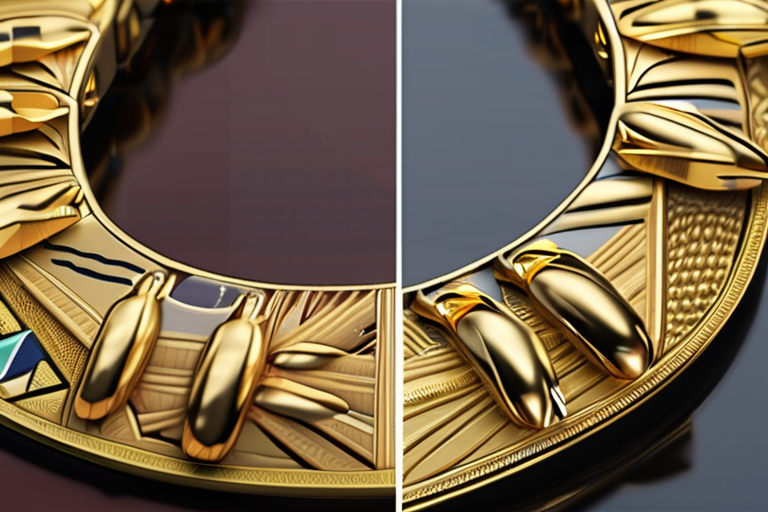
 Hoppi
Hoppi

 Hoppi
Hoppi
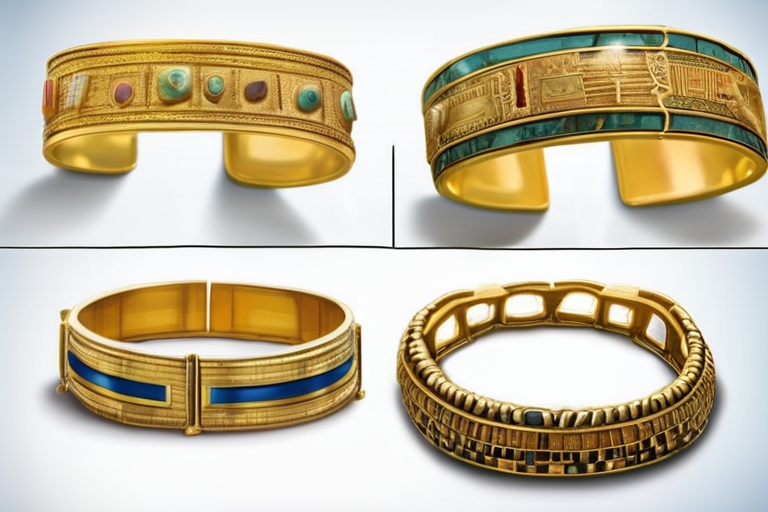
 Hoppi
Hoppi
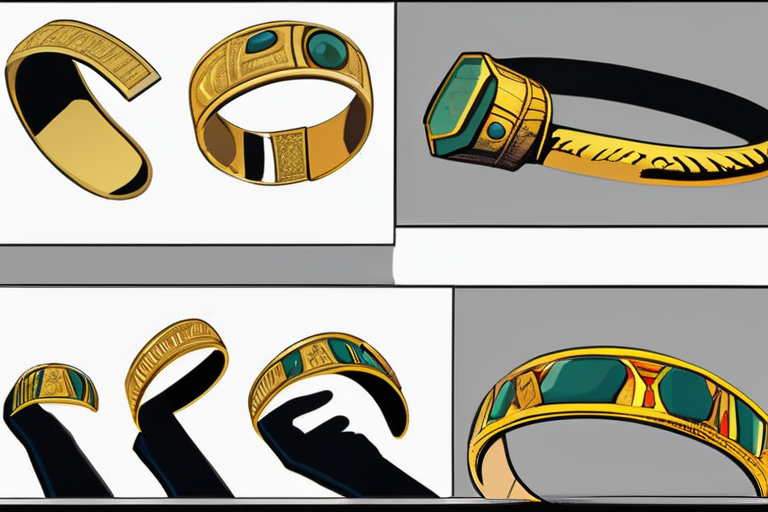
 Hoppi
Hoppi

Egyptian Authorities Reveal Shocking Theft of 3,000-Year-Old Gold Bracelet CAIRO, EGYPT - In a stunning revelation, Egypt's interior ministry announced …

Hoppi

The Land Bridge You've Never Heard Of: Uncovering a Forgotten Chapter in Human Migration A team of Turkish archaeologists has …

Hoppi

Egyptian Authorities Reveal Shocking Theft of 3,000-Year-Old Gold Bracelet CAIRO, EGYPT - In a stunning revelation, Egypt's interior ministry announced …

Hoppi

Stunning Amber Deposits Hold Insects from the Time of Dinosaurs A team of scientists led by Xavier Delclòs at the …

Hoppi

Egyptian Authorities Reveal Shocking Theft of 3,000-Year-Old Gold Bracelet CAIRO, EGYPT - In a stunning revelation, Egypt's interior ministry announced …

Hoppi

Ancient Egyptian Gold Bracelet Goes Missing from Cairo Museum CAIRO, EGYPT - A 3,000-year-old gold bracelet adorned with lapis lazuli …

Hoppi